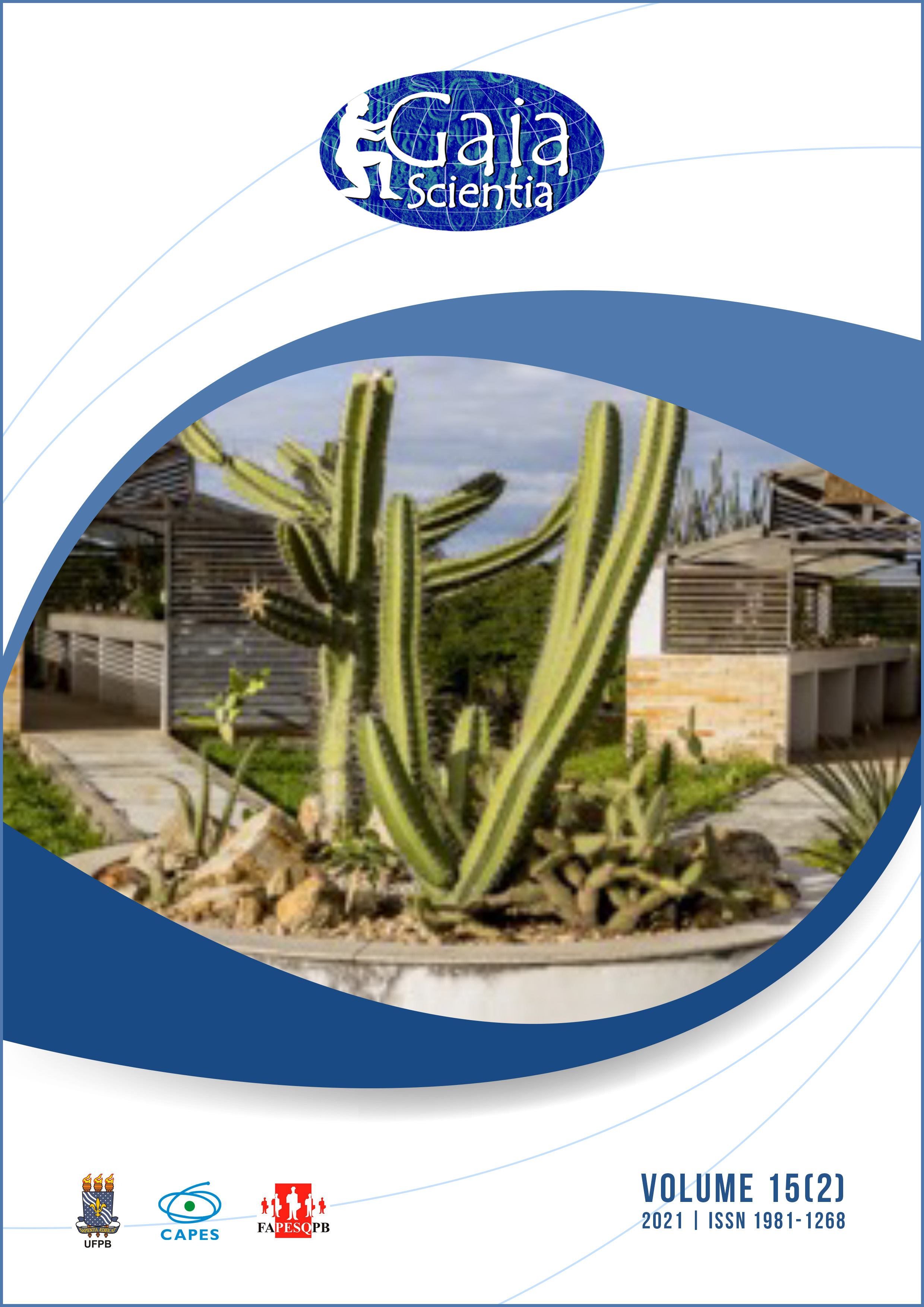Technical feasibility of geotextile fabric in bell pepper production under different irrigation levels
DOI:
https://doi.org/10.22478/ufpb.1981-1268.2021v15n2.57597Abstract
The Soiltain® DW geotextile fabric, used in water treatment plants, has a service life of three months, presenting itself as a solid residue, whose characteristics provide high strength and longevity, and can be an alternative mulching product in agriculture. This research aimed to evaluate the technical viability of geotextile fabric and mulching (synthetic and organic) in the production of bell pepper, Kolima F1 cultivar, under three irrigation levels. The experiment was carried out in Arapiraca, Alagoas – Brazil, in subdivided plots, with three irrigation levels in the main plots (60, 100 and 150% ETc) and four mulches in subplots (geotextile blanket, uncovered soil, white and organic mulching), with five replicates. Four evaluation cycles were carried out between 10/2019 and 03/2020. In general, agronomic variables were influenced by irrigation levels and mulching. Soil temperature was the variable that most negatively influenced plants, while white mulching associated the 150% ETc water level reduced plant performance. Geotextile blanket showed maximum water use efficiency (average 28.8 kg m-3), average productivity (52.2 Mg ha-1) and higher profitability (R$ 180.33), being a solid residue soil cover alternative, which must be associated with a 100% Etc water level.










